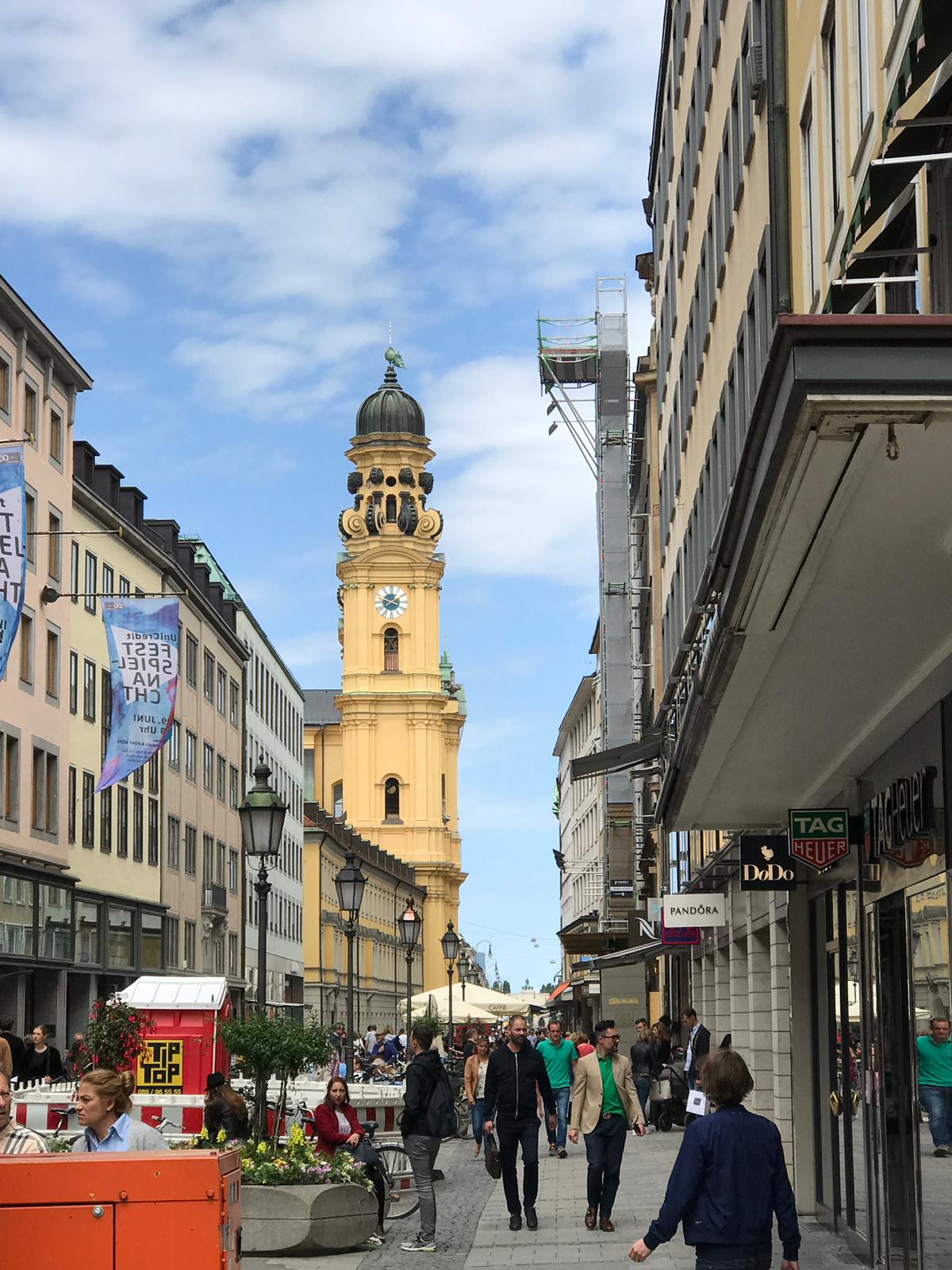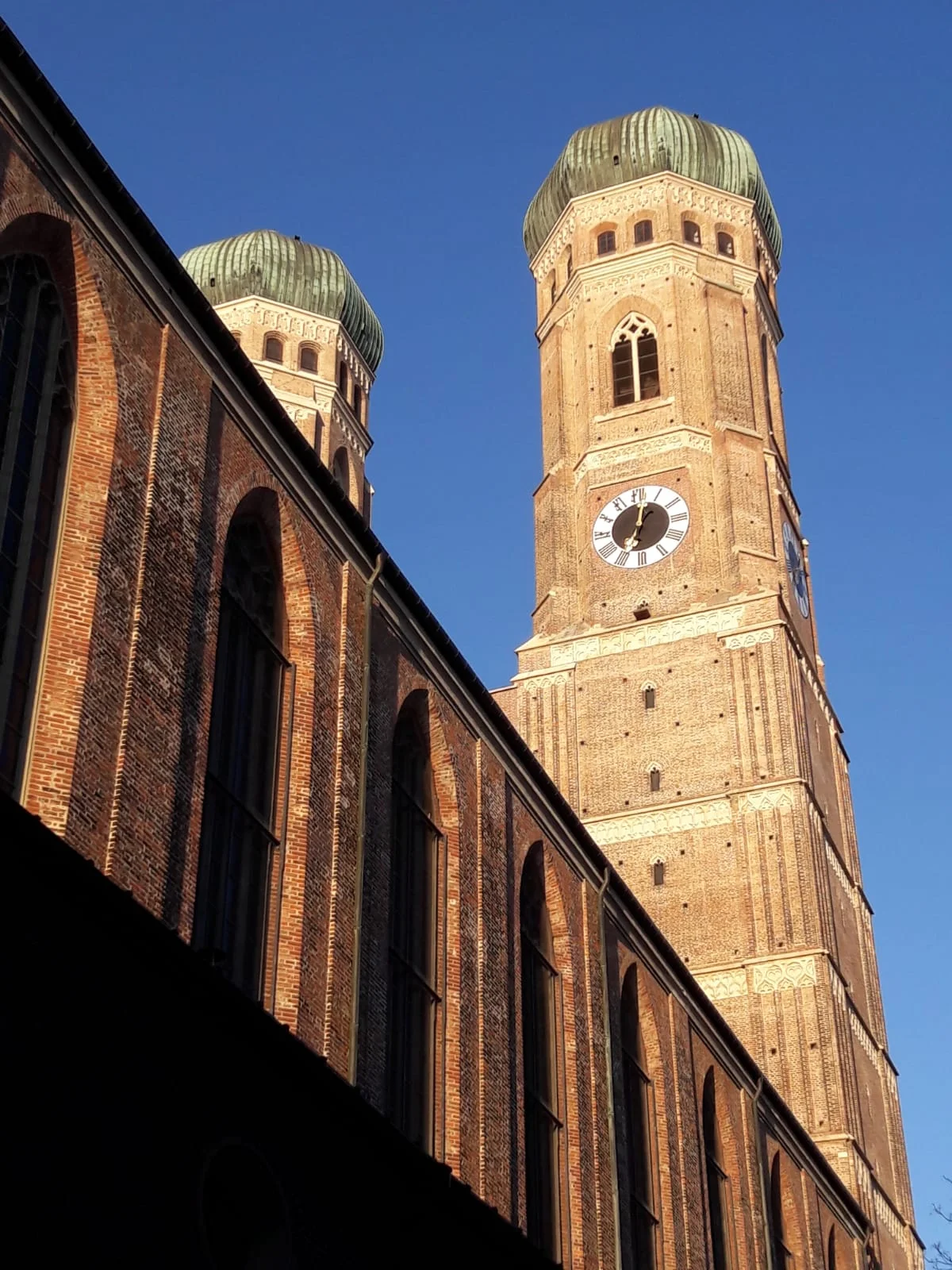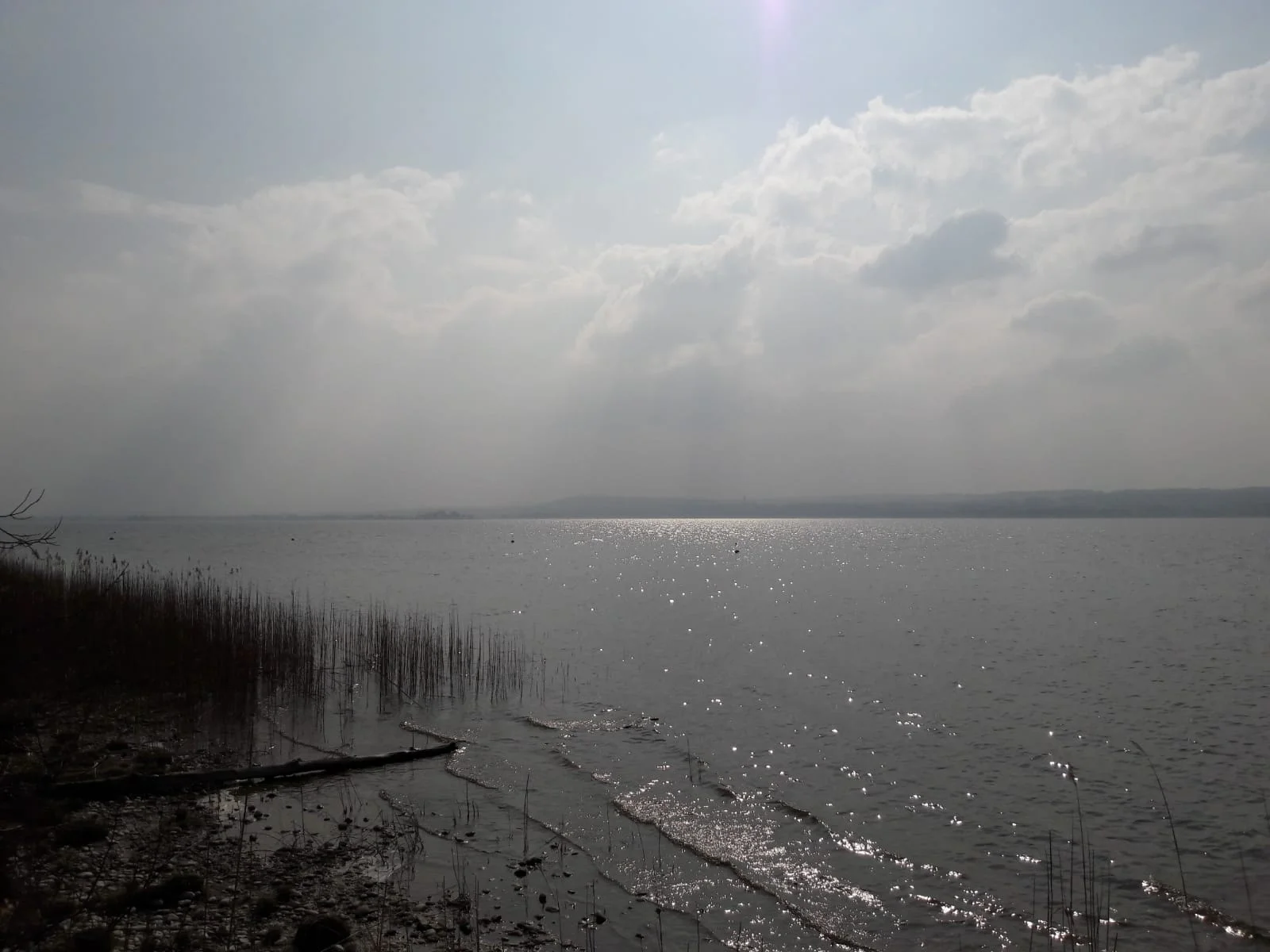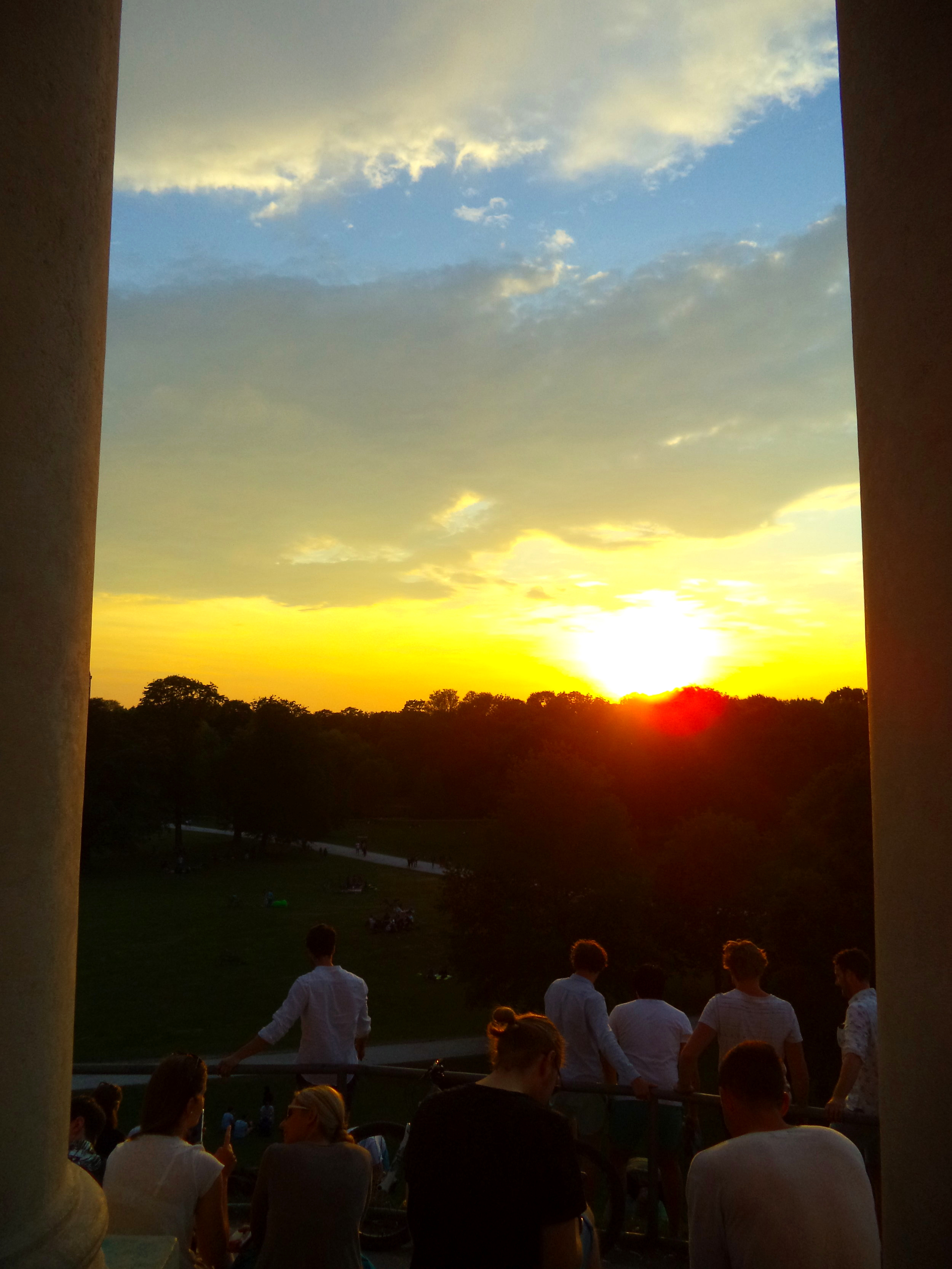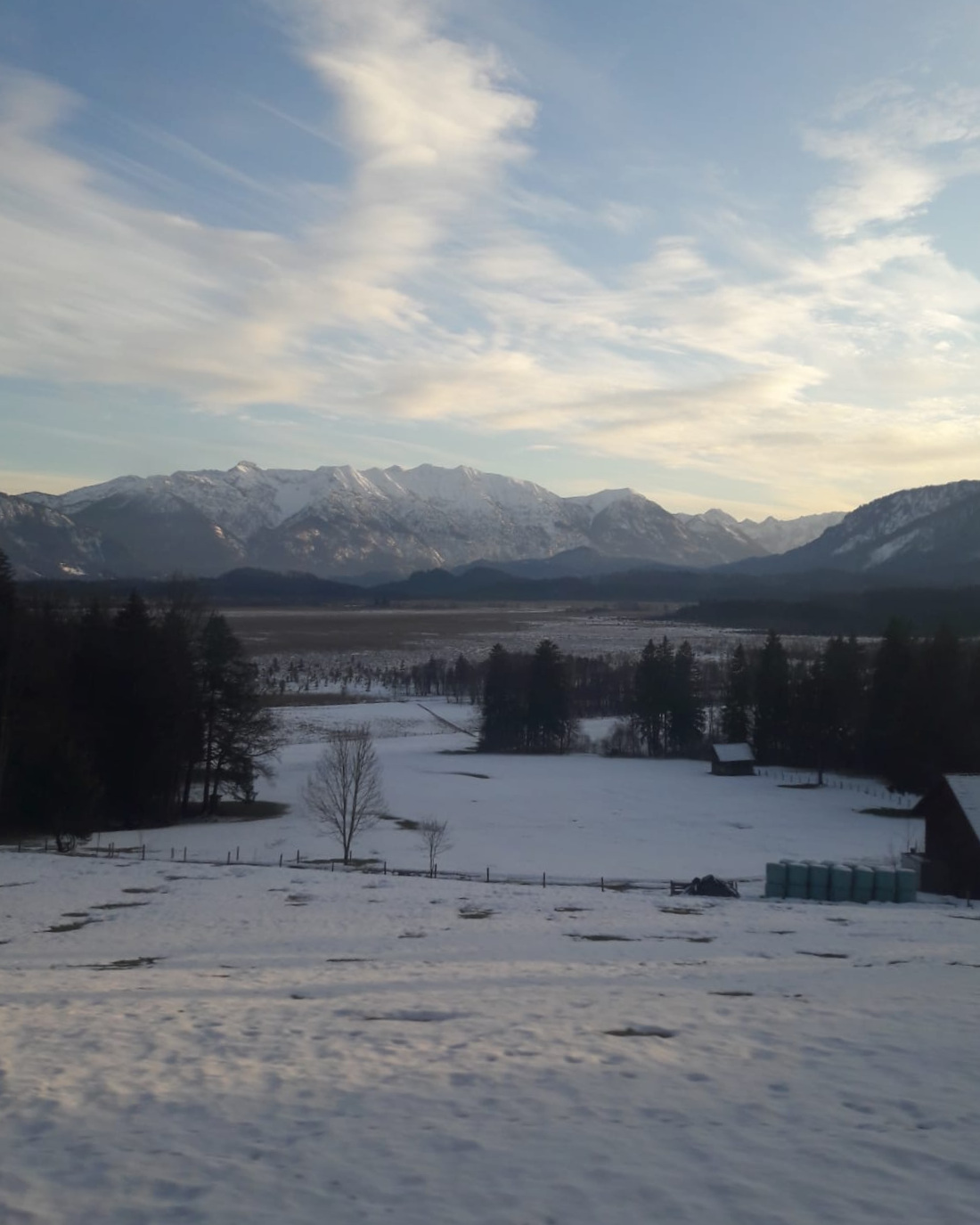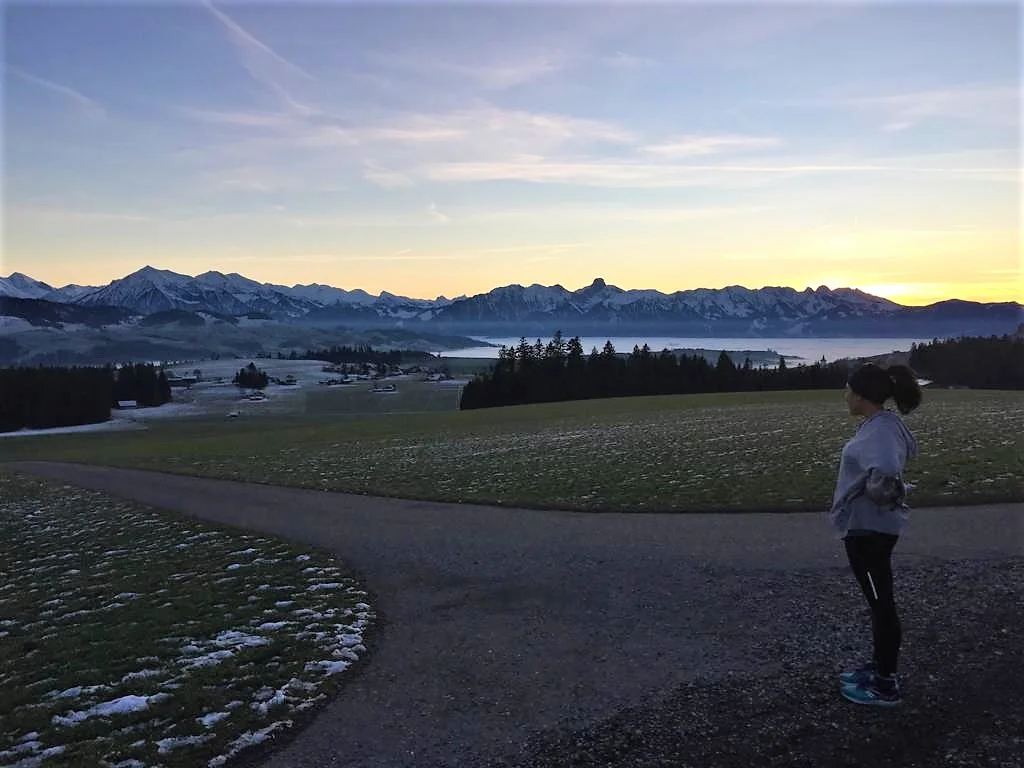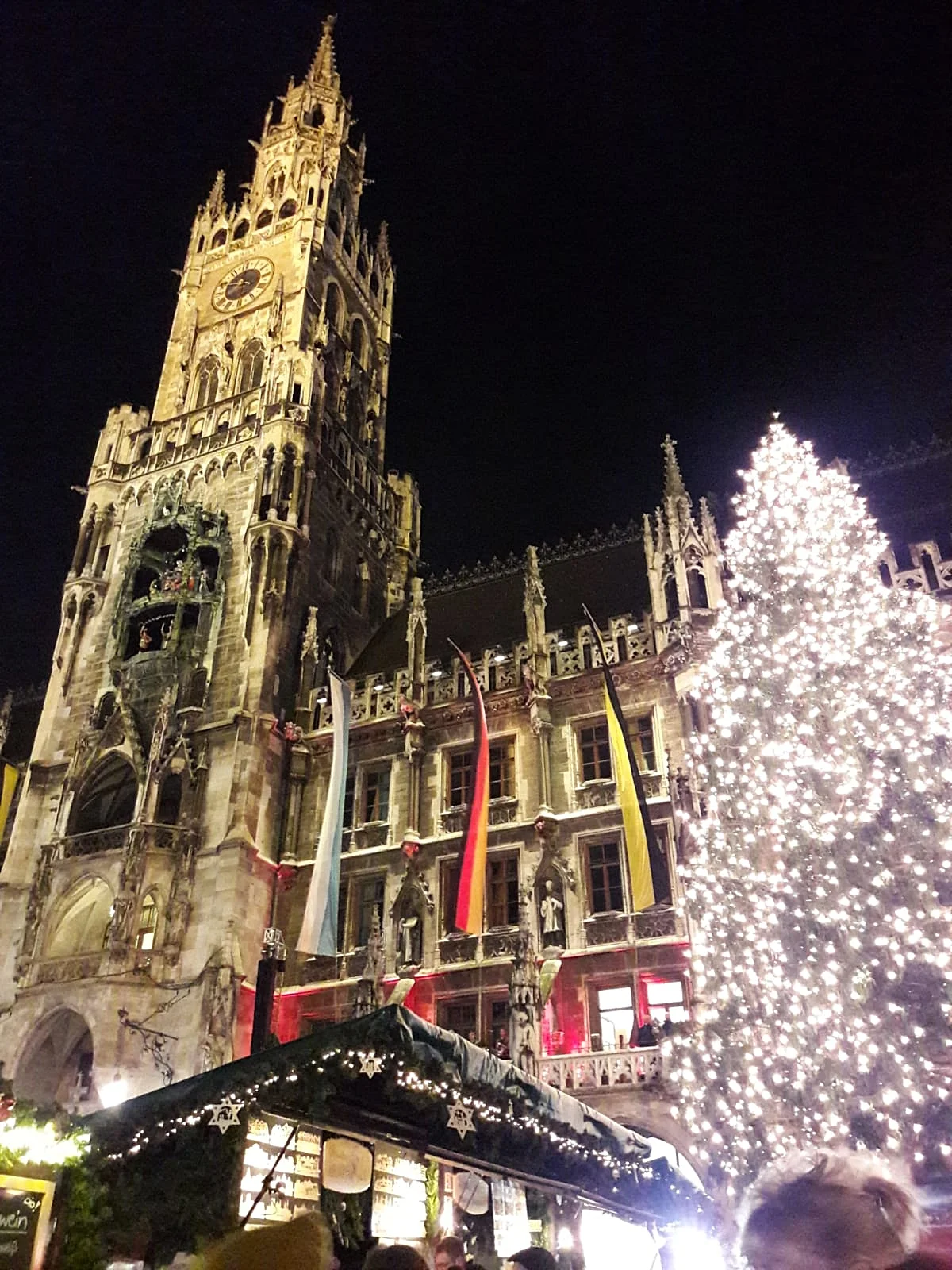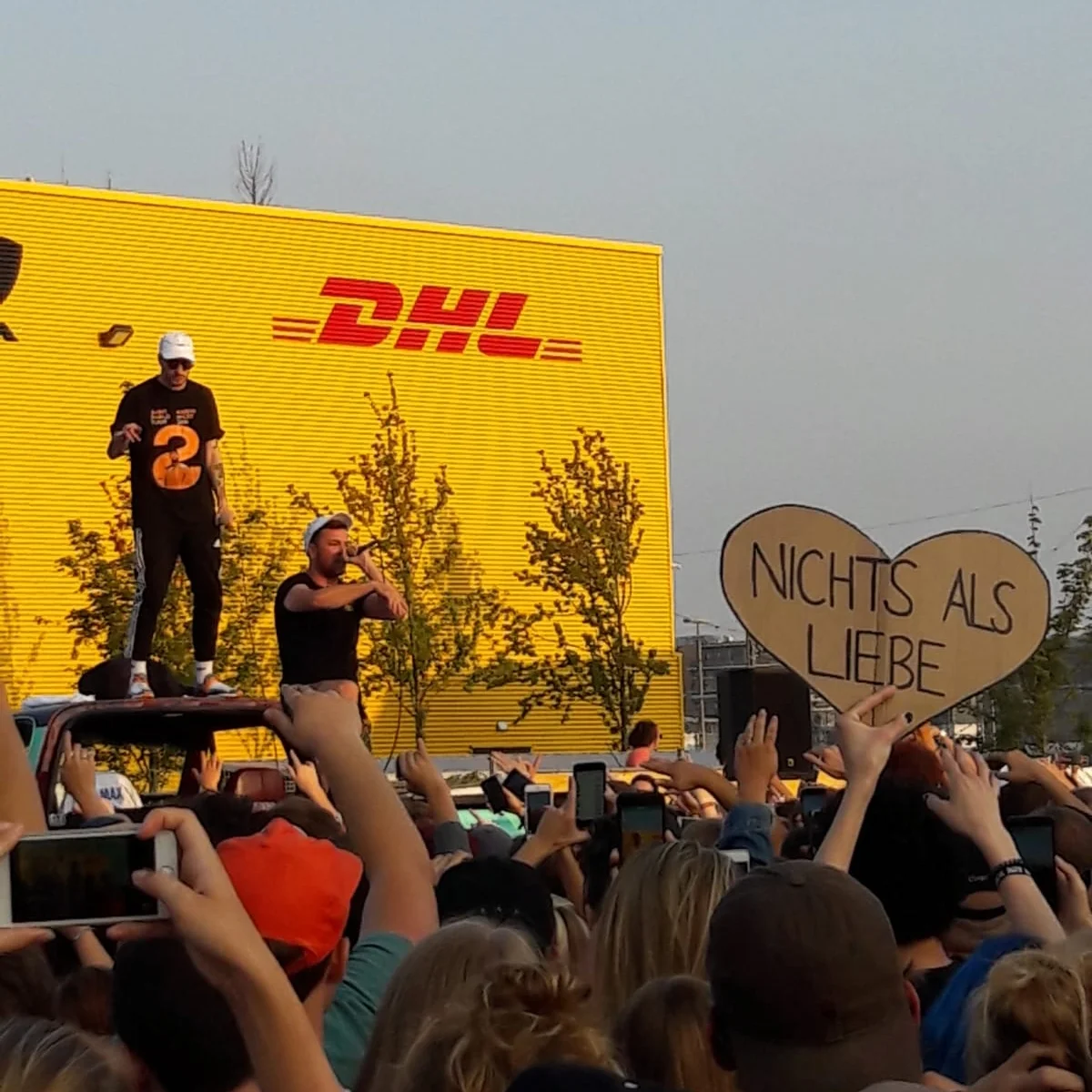Regensburg
/I thought some things were universal. Just as everyone accepts that the sun rises in the east and sets in the west, I thought that train tickets were predestined to be expensive. Having contended with the inevitable yearly English train fare price hike I was accustomed to seeing ever large chunks of my bank balance fall away at the train ticket office. Woe betide the one who does not book their ticket months in advance and is foolhardy enough to buy on the day of travel. They will be punished with prices that run into triple figures depending on the destination.
This explains some of my surprise that Deutsche Bahn, the company that runs the rail network in Germany, offers bargain deals for travel in and around Bavaria. Yes, the timetabled trains between different Bundesländer can be eye-wateringly expensive especially if booked late but there is at least one consistently affordable option at the ticket machine.
Behold the Bayernticket.
For €32 two people can travel for a whole day around the entirety of Bavaria on most forms of public transport. Bearing in mind that Bavaria is roughly half the land mass of the UK, that is equivalent to being able to travel to the Lake District from the center of London any day of the week on a good number of trains for only €16. This price goes down further if you travel as part of a larger group.
Of course, when I first learnt of the Bayernticket I did not believe in it. After years of suffering under English National Rail services such profligacy seemed implausible and I travelled with distinct unease. Every time the conductor approached I clutched the thin slip of paper with my name scribbled on it and thought that this would be the time I had crossed out of bounds and would have to be thrown off the moving locomotive a la Indiana Jones in the Zeppelin scene. However, every time the conductor stamped my ticket without issue. Continue your two hour train ride to the other side of Bavaria, her bored expression seemed to say. Nip across the border to Salzburg if you will, certain destinations in Austria are included too.
Now that I have tried and tested the Bayernticket I sit back in my seat and enjoy the ride instead. My main preoccupation is where I should go at the weekends, which is how I have been able to enjoy snowy Saturdays skiing in the winter and sunny Sundays hiking in the spring. To mix things up this week I traveled to Regensburg, a town northeast of Munich, reported to be beautiful and well conserved. With the jackpot credential of being a UNESCO World Heritage Site it was little wonder that it was at the top of my Germany wish list.
Which is why I was so worried when the visit started umimpressively. As I walked from Regensburg’s train station through the outskirts of town blocky 60s facades seemed uncomfortably reminiscent of Croydon. I began to fear my €16 ill-spent. Spoilt by the prodigious size and beauty of Munich I wondered whether my expectations were just too high and no place, even UNESCO World Heritage Sites, could compare. However, it turned out my main issue was impatience as within a few hundred metres the brutalist architecture gave way to the attractive medieval buildings of Regensburg’s Old Town.
Almost completely spared of damage in the war the core of Regensburg remains as it did in the preceding centuries. As I wandered through the warren of streets my eyes were drawn to numerous brown shields detailing the history and date of construction of the buildings they were affixed to. It was almost impossible to believe that the quaint edifices dated back to the 13th century, such is the legacy of Germany’s past that one expects historic looking buildings to have been at least partially rebuilt.
In my mind anything historical takes on a sepia or monochrome tone with my visions of ancient monuments undeveloped beyond the grey granite or yellow sandstone they are uncovered as. Just as it is hard to picture the walls of the ancient Egyptian tombs in riotous colour, such is it hard to picture a medieval town with bright facades and bustle. Regensburg is the antidote to that. This town is authentic to its past and the buildings are as jumbled and colourful as they must have been back in the day.
Crossing the town I passed lines of picturesque buildings, which intersect with other fronts in a series of enticing alleyways. It was a pleasure to walk through the streets and pretend I was in another era but then I began to notice something. For all its historic nature Regensburg had undoubtedly been touched by the present day. Despite being well maintained the ground floor shops invariably targeted tourists, although the souvenirs they sold were more attractive than the usual. Outside these shops the numerous rotating stands still sold cards albeit upmarket greeting cards rather than the normal dog-eared postcards. Regensburg had tilted its focus from its own city with its own focus to one of promoting tourism. Sure enough as I made my way to the riverside I saw gaggles of visitors alighting a Danube river cruise, their sunburnt forms desperate to get into the town centre for shade, alcohol and ice cream.
And I too was one of these daytrippers.
Uncomfortable with the realisation that I was affecting the nature of the town I crossed over the iron bridge to the suburban north bank, where fewer tourists circulated. If they had made it over they would have been rewarded with the best panorama photos of the Old Town, which were only to be had from the north bank. Regensburg was stunning.
As I sat back in my seat on the train ride to Munich I looked at my Germany wish list and regarded Regensburg, another UNESCO World Heritage Site, written at the top. I can see now how this award can be both a blessing and a curse as the inevitable flock of tourists, desperate to see just one more incredible thing before they die, undoubtedly has an impact on a town.
It was with an unexpected uneasy feeling that I ticked Regensburg off my list.
The panorama from the north bank of the Danube



